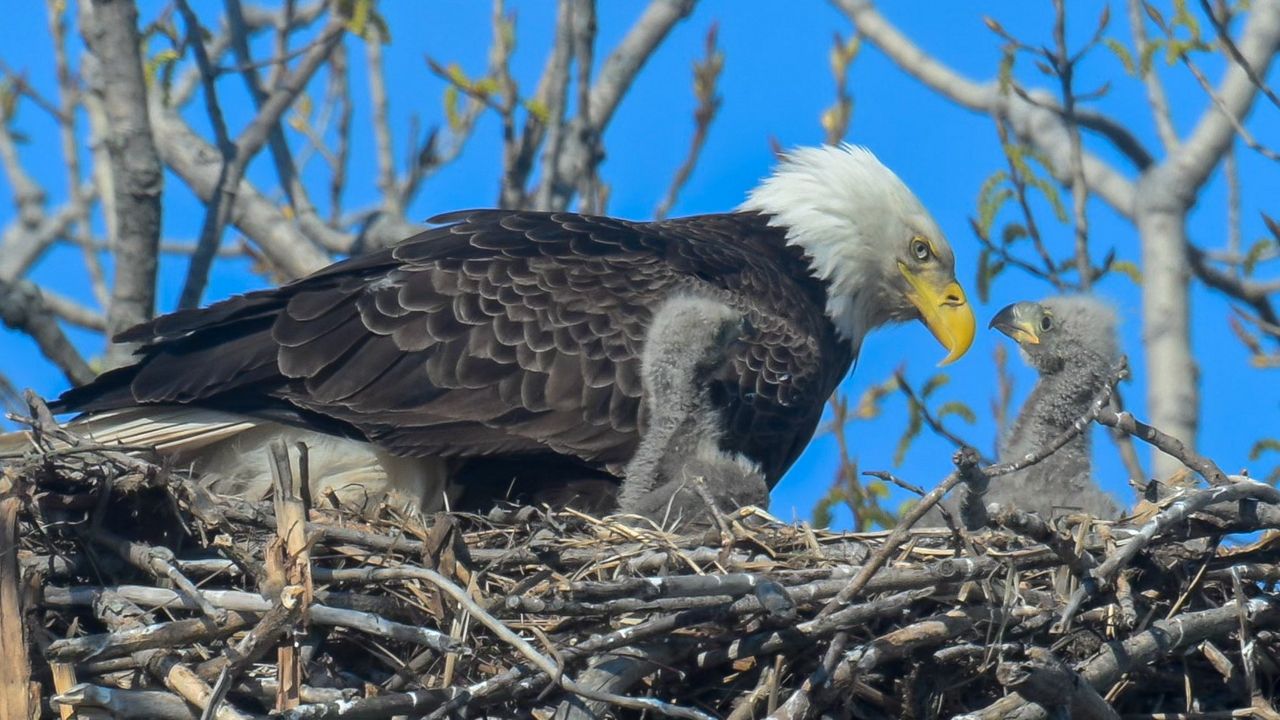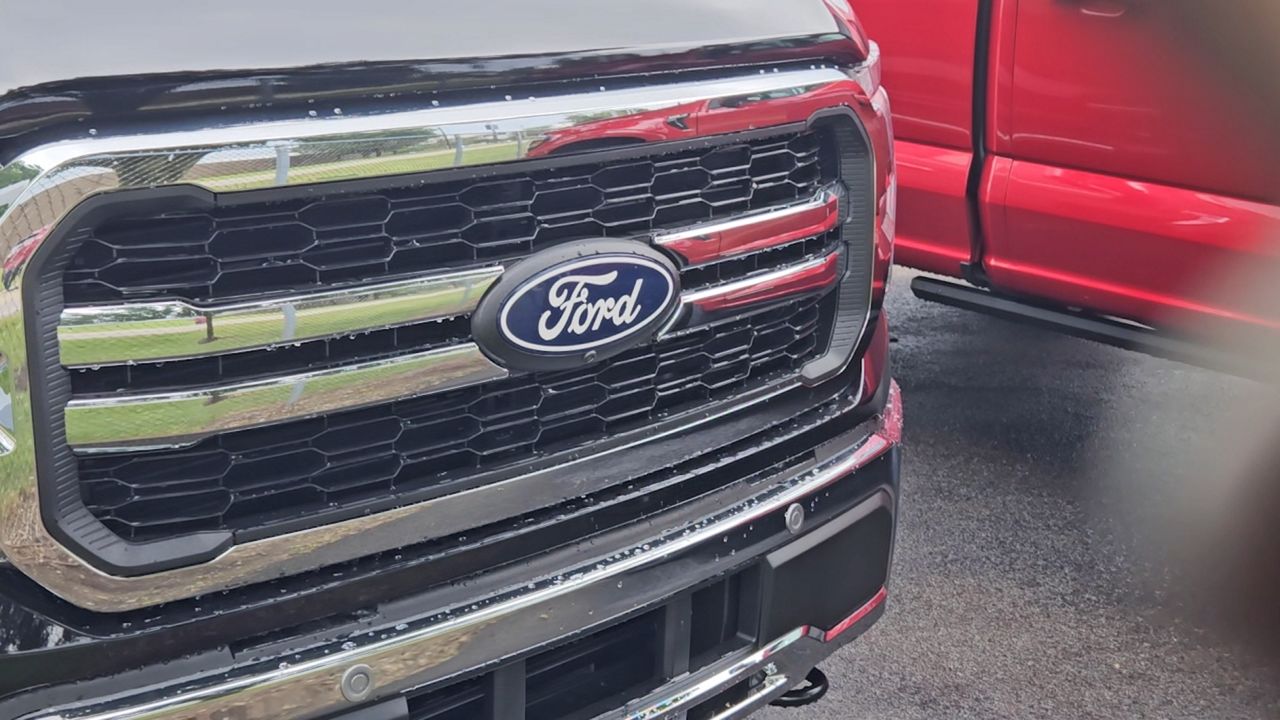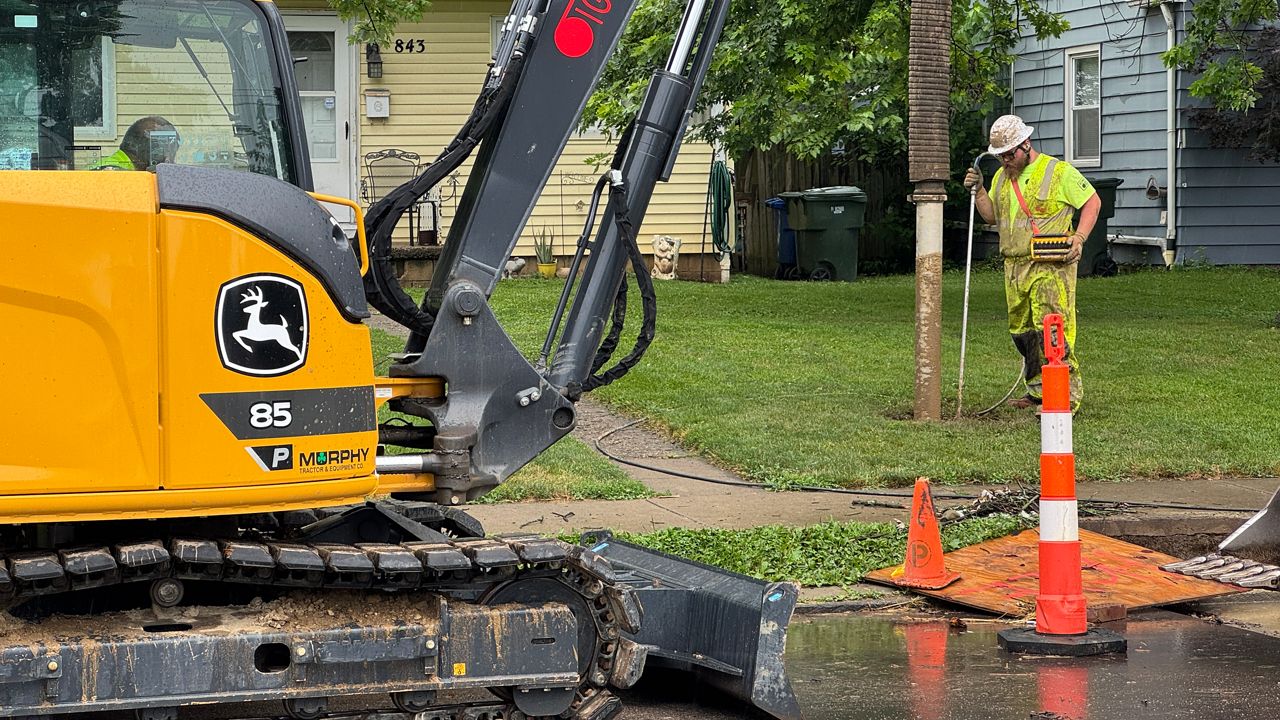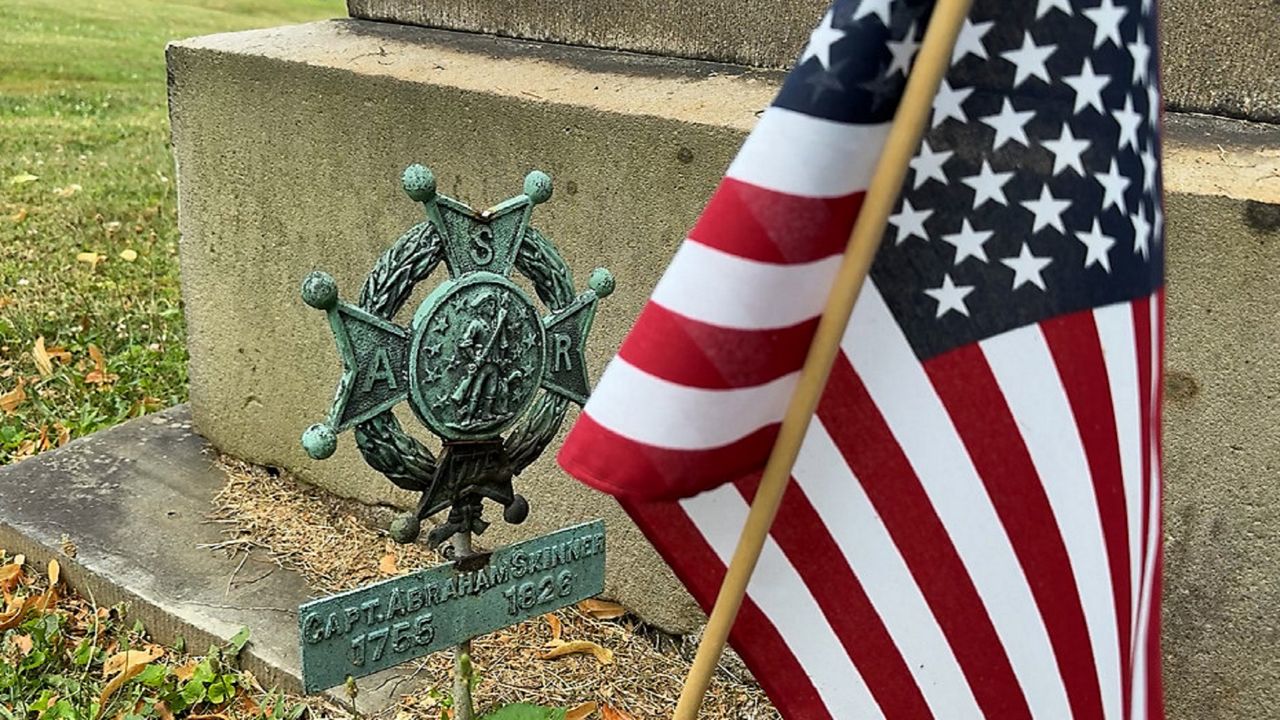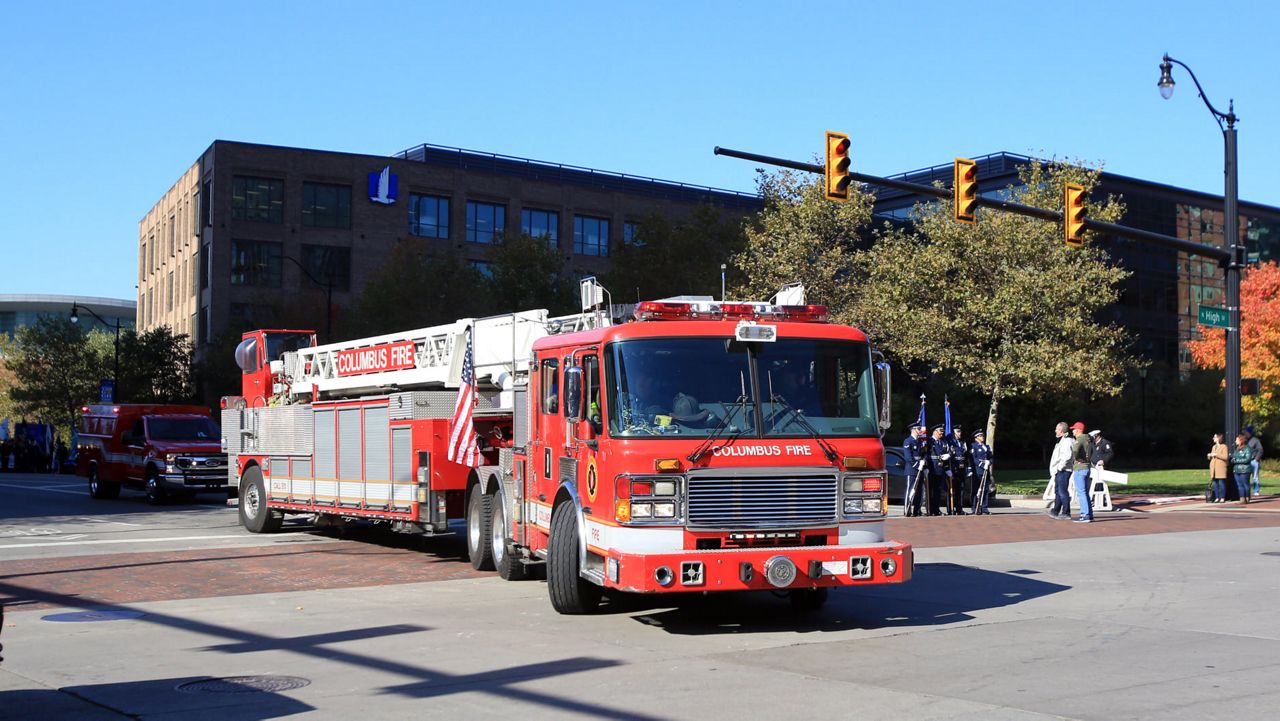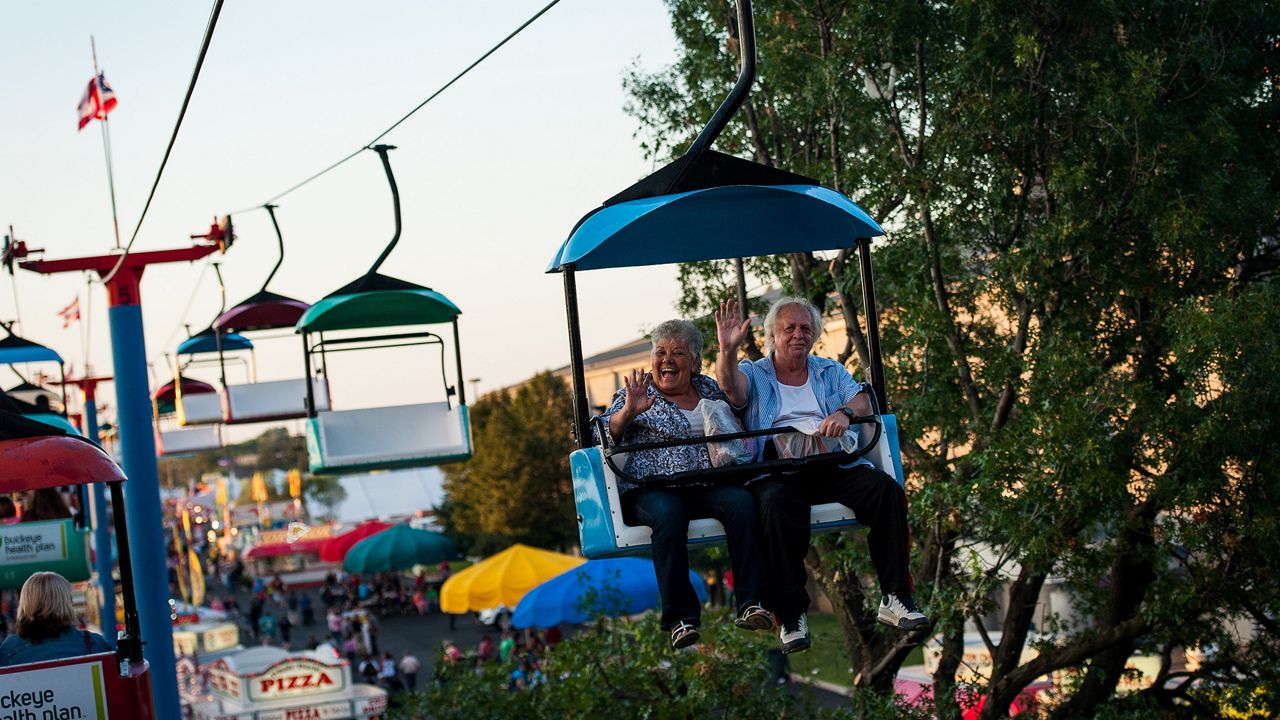KENT, Ohio — Recent demonstrations across the country have raised questions about how crowd control should be handled, especially when crowds are large, and there’s a fear they’ll get out of control.
One of the more well-known examples of military involvement of a protest happened in 1970 at Kent State University. Experts think the 1970 shooting has helped change the way law enforcement and military receive de-escalation training.
On May 4, 1970, Roseann "Chic" Canfora was one of thousands of Kent State students protesting the escalation of the Vietnam War on campus.
“I was actually in the Prentice Hall parking lot at the time the Guardsmen assembled on what was the practice football field," Canfora said. "It was the first time that day I actually saw them aim their weapons at us.”
Canfora’s life changed when National Guardsmen fired 67 shots in 13 seconds on the group of protesters.
“All I can remember is the sound of gunfire and bullets ricocheting off the cars that were shielding us," said Canfora. "We were left to wonder about all those other students out there in the open, including my brother.”
Four students were killed and nine others were wounded, including Chic’s brother, Alan, on May 4, 1970. Fifty-five years later, Canfora is concerned as members of the National Guard and United States Marines were recently sent to protests in Los Angeles.
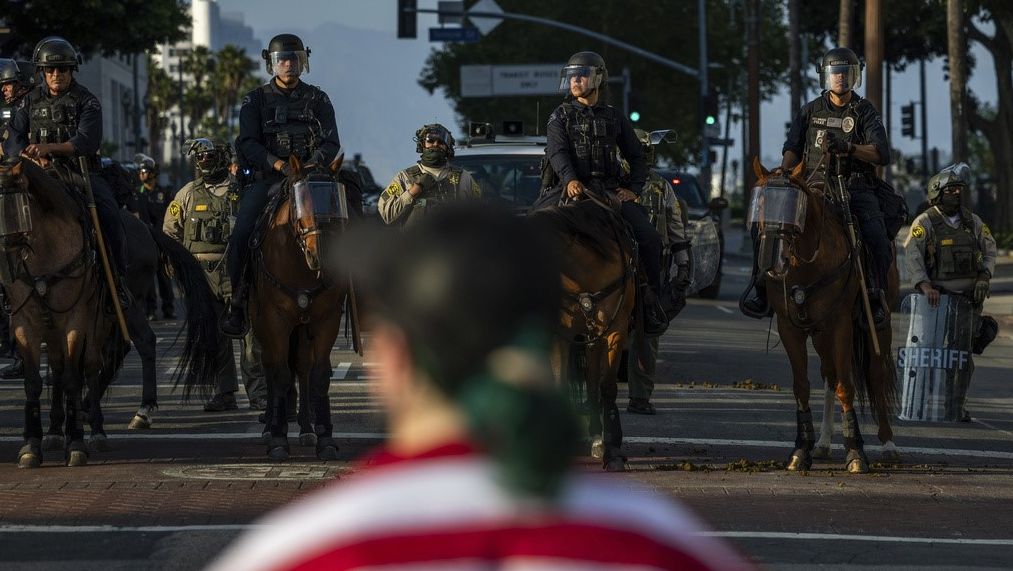
“If we don’t understand what happened on this hill 55 years ago, we cannot make sense of what is happening where National Guard troops and our U.S. marines are being deployed to square off with their fellow American citizens," she said.
Timothy Dimoff is a national police and security procedures expert. He said what happened at Kent State changed the way law enforcement and military are trained to handle protests.
“Today, it’s significantly different, much more organized, much more in depth and much more prepared," said Dimoff.
Dimoff said law enforcement works with deployed troops and goes over strategies to handle large crowds and keep protests peaceful for protesters and law enforcement.
“You’re really doing your homework, you’re doing a review and you’re preparing days before you actually go out onto the street and encounter the crowds," he said.
Dimoff thinks adding military personnel with police lessens the chance of violence at protests.
“If a protesting group looks across the street and there’s 10 police officers vs. 120 police officers and military people, we know that it has a huge effect on what they will do and what they believe they can get away with," Dimoff said.
Canfora said she hopes the lessons of May 4 aren’t forgotten and hopes people around the country continue to use their constitutional right to protest.
“What kind of country are we living in if the politics of fear reign and the Constitution does not," said Canfora. "Everybody who is out there still using that constitutional right, still showing what’s left of our tattered democracy, they are standing on the shoulders of us all.”




